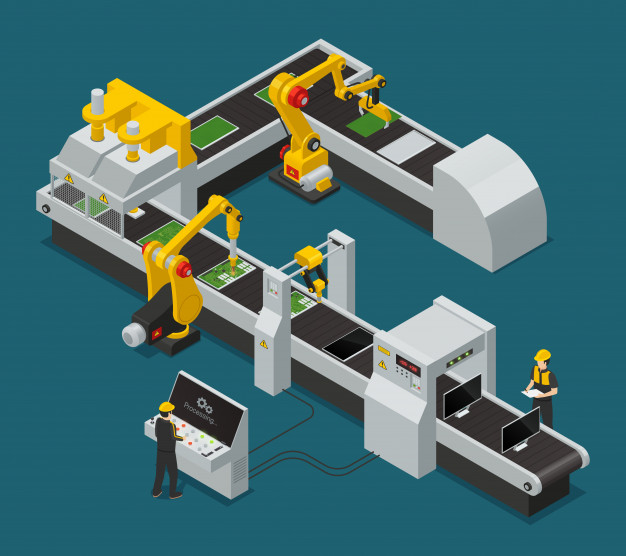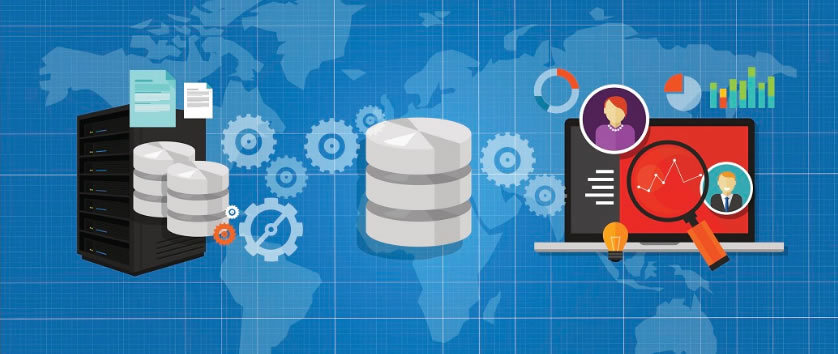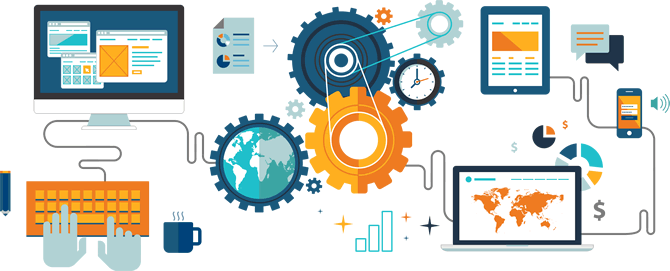How Can You Automate Your Workflows?
Workflow automation is one of the best ways that can help an organization in improving its business processes. It provides you with a toolset of how you want to run your business. It also helps in achieving your desired task in an efficient and effective manner with accurate results. Workflow automation is the perfect way to enhance your business processes because automating workflows can help you in concentrating on other important things that are crucial for the business. It helps the team in devoting their time to the actual work rather putting extra time in a business process.
Businesses that automate their workflows improve their efficiency, reduce their bottlenecks, and save their time. But the question that arises is when should businesses consider automating their workflows? Well, when the organization feels that there are several repetitive tasks that need to be performed, it must consider automating its workflows. Workflow automation allows streamlining of the processes and reduces human intervention. It not only helps you to identify the areas of improvement but also boosts the productivity of the organization.
Steps for workflow automation
Prior to implementing workflow automation, it’s essential to identify the areas that require automation of workflows. The main steps involved in workflow automation are:
- Identification of repetitive tasks
The first step while automating your workflows is to identify the repetitive tasks that are to be automated. A visual representation of the workflows can help you in understanding the workflows in a better way and also helps in the identification of repetitive tasks. After getting a clear picture of the workflows, you can focus on simplifying the business processes by automating repetitive tasks.
- Setting up your business goals
After you’re done with the identification of repetitive tasks, the next is to define your business goals in a clear and specific manner. You should also describe how your business goals can be achieved with workflow automation. Your goal might be optimizing your workflows or improving the output or just focusing on production works. But, the main thing is that you should clearly explain how you will achieve your business goals with automation and how will you measure them.
- Choosing the right workflow automation software
After you’re done with deciding your business goals, the next step is deciding how to achieve them. This involves selecting the right automation tool. There are a number of automation tools out there in the market that you can choose from. However, you should choose the right tool that fits appropriately to the needs of your organization. Ideal software is the one that is user friendly, simple and easily adaptable. You might consider simple and easy to use software like FlowGat which can help you in simplifying your business processes.
- Train the employees
You will also have to train your employees on how to use the automation software. Employees usually resist new changes; hence you should take them into confidence by making them familiar with the benefits of the software. This can make the transition process much simpler and smoother for you as well as for the employees.
- Monitoring and accessing the new workflow
After you have completed the above steps, the next step involves running your new workflow system. You will have to continuously monitor and access the performance of the new workflow so as to identify the bottlenecks and the areas that need improvement.
Hence, workflow automation can help the companies to eliminate the human intervention in the tasks. This will help the employees in efficiently utilizing their time and increasing the overall productivity of the business. Automating workflows can help the companies to reduce human errors, eliminate costs and save time.






























